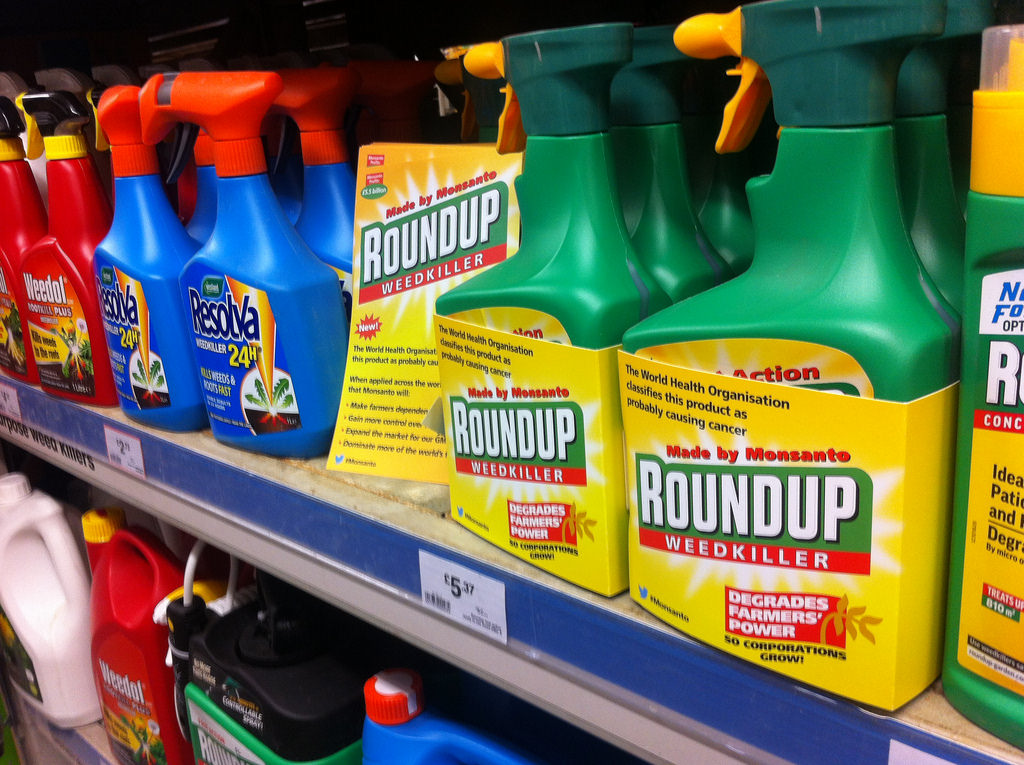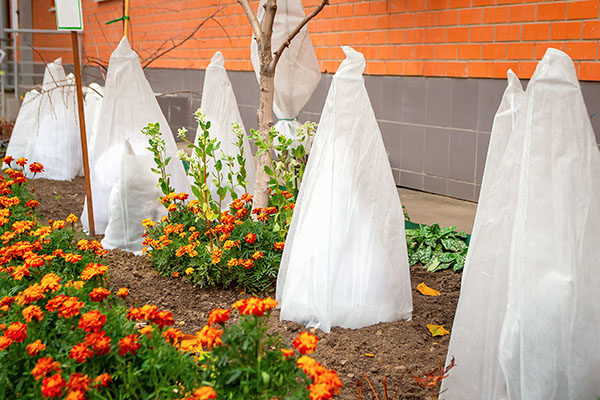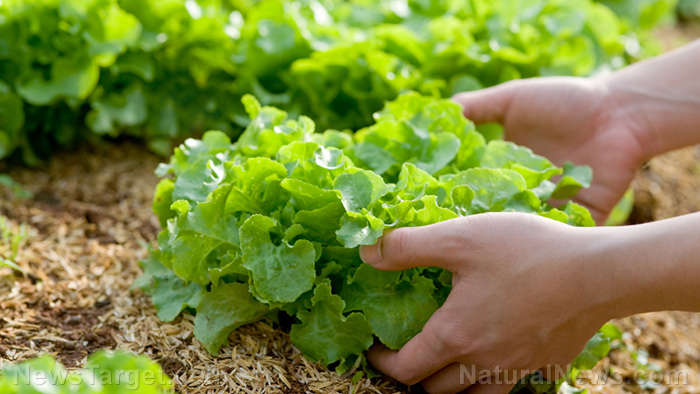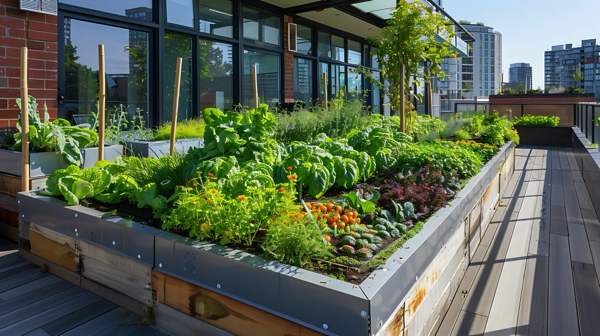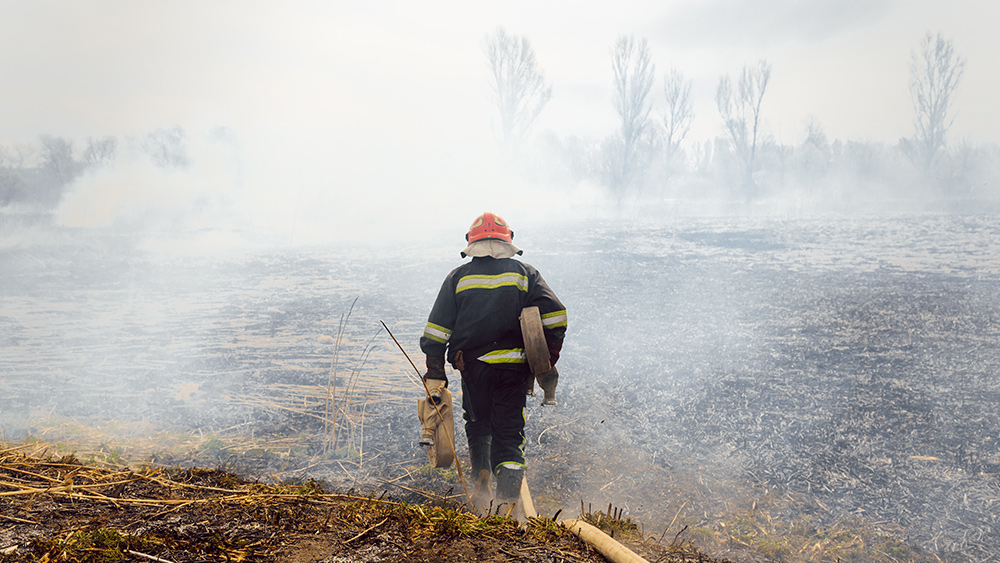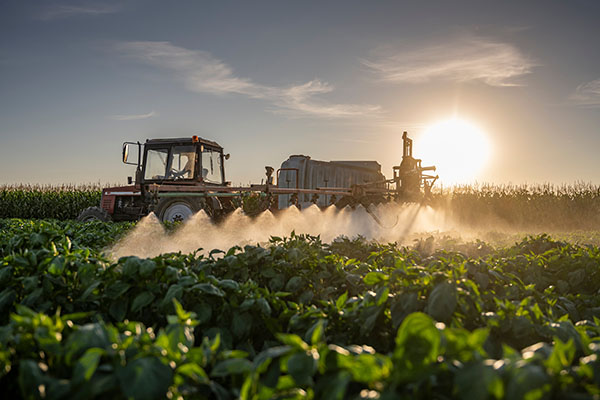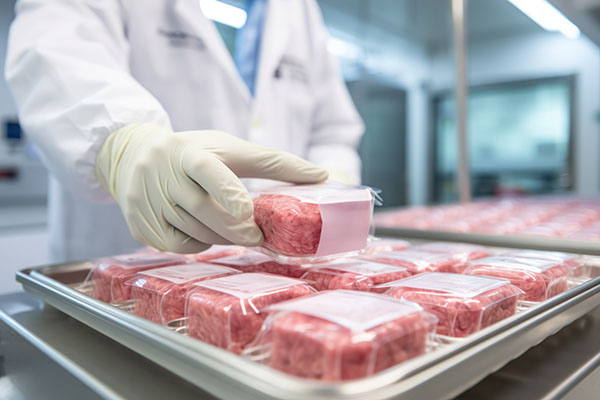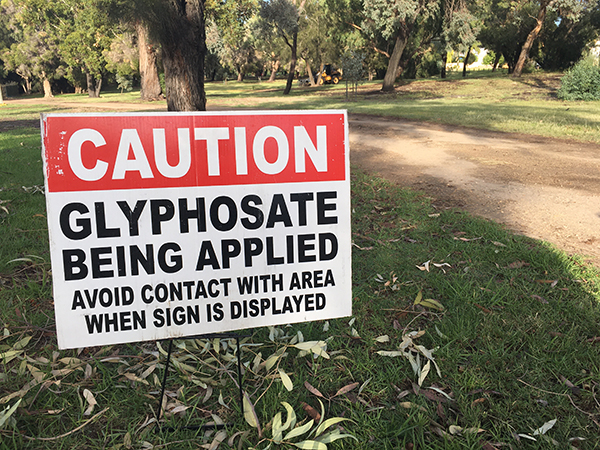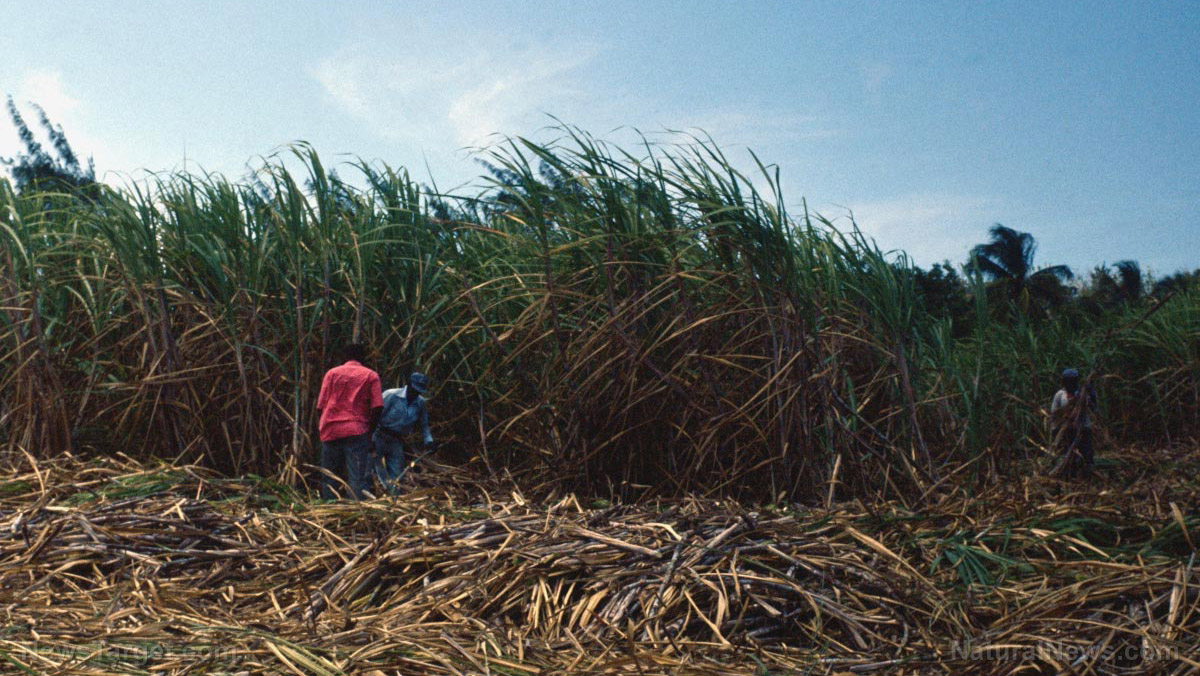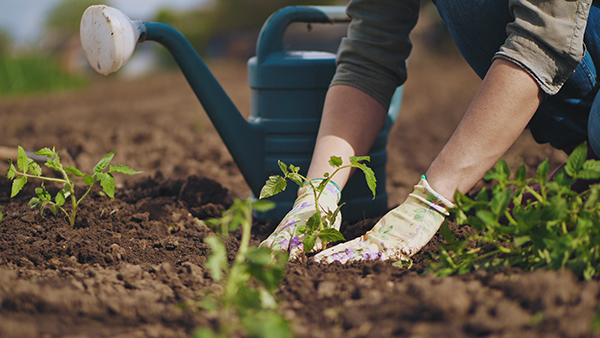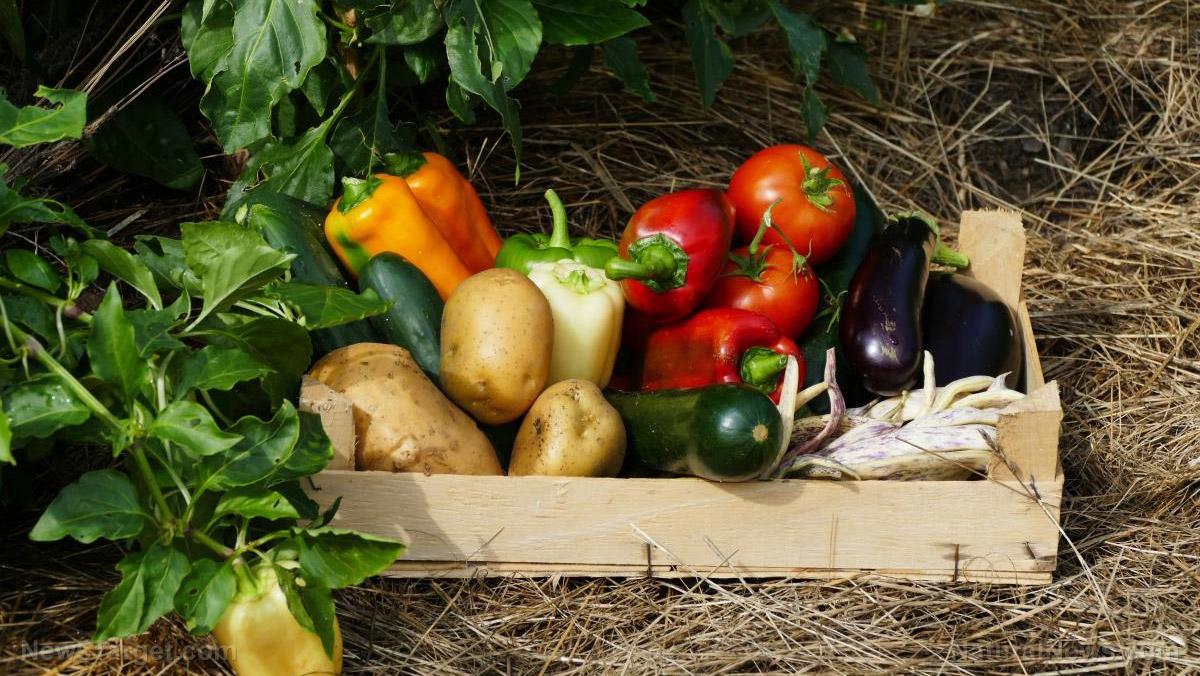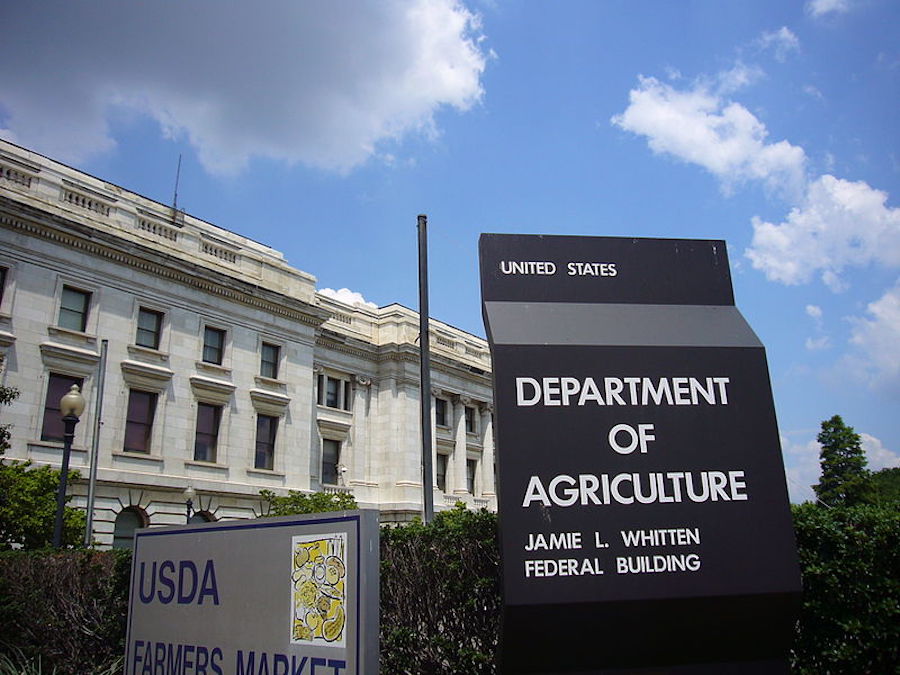From waste to wealth: How composting fuels off-grid gardening and homestead success
05/27/2025 / By Zoey Sky
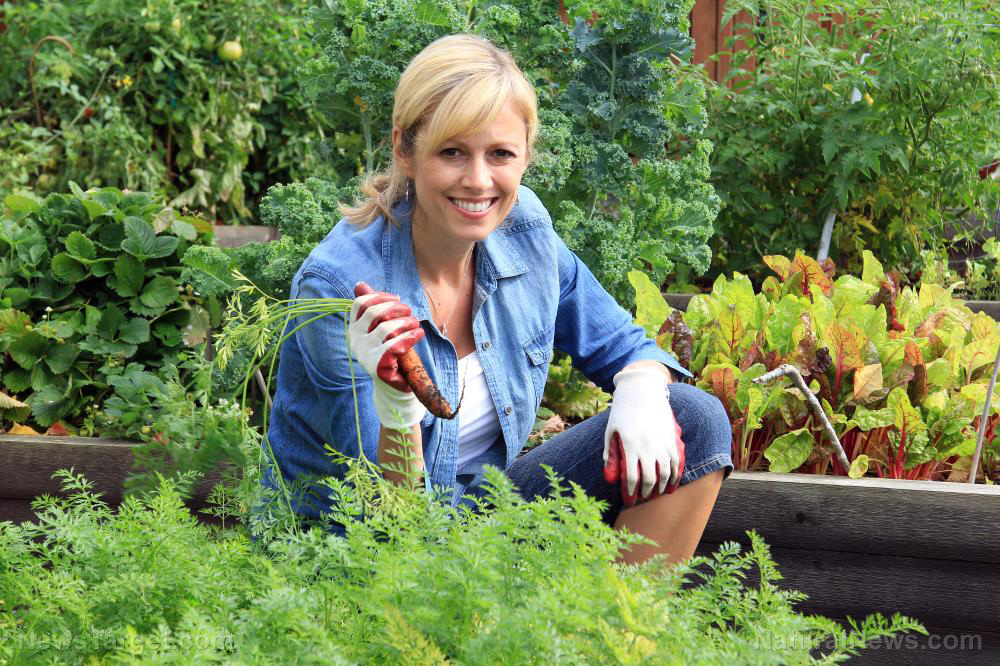
- Composting turns kitchen and garden waste into nutrient-rich soil, boosting garden productivity, reducing waste and cutting costs on fertilizers.
- It reduces household waste by 30 percent, improves soil health (moisture retention/fertility), increases crop yields by up to 25 percent and saves money on synthetic inputs.
- Success depends on balancing “browns” (carbon-rich leaves and straw) and “greens” (nitrogen-rich food scraps), plus oxygen and moisture to fuel microbes and generate heat that kills weeds and pathogens.
- Options include open piles, tumbling bins, Bokashi fermentation (for meats and dairy), or vermicomposting (worms indoors), adapting to space and preferences.
- Composting fosters self-reliance, reduces environmental harm and strengthens resilience by connecting people to natural cycles, ensuring sustainability when living off-grid.
In the quiet corners of off-grid homesteads, nature’s cycles whisper lessons of sustainability. One of the most profound teachings is the art of transforming everyday waste into fertile soil treasure.
Composting, long celebrated as a cornerstone of sustainable agriculture, is a lifeline for homesteaders seeking self-reliance.
By turning banana peels, coffee grounds and fallen leaves into nutrient-packed compost, families living off the grid can boost garden productivity, slash grocery bills and reduce their environmental footprint. (h/t to PreparedSurvivalist.org)
Benefits of composting on your homestead
At its core, composting mirrors nature’s process of recycling organic matter. Imagine a forest floor: fallen leaves, branches and flowers decay over time, nourishing the earth with nutrients and fostering new growth.
Composting speeds this natural decomposition through strategic management. Microscopic organisms like bacteria, fungi and worms break down materials like vegetable scraps and shredded paper into humus, a dark, crumbly substance rich in nutrients.
This “garden gold” becomes a free fertilizer, eliminating the need to purchase costly soil amendments while revitalizing garden soil.
Here are several reasons to start composting:
Waste reduction and environmental stewardship
Up to 30 percent of household waste, fruit and vegetable peels, grass clippings and eggshells can be composted instead of sent to landfills.
As a homesteader, reducing landfill reliance aligns with a zero-waste lifestyle, shrinking your ecological footprint while closing the nutrient loop.
Soil health renaissance
Compost supercharges garden soil by improving its structure. Sandy soils gain moisture retention, while clay-heavy ground becomes light and permeable.
This fertility boost fosters hardy plants better equipped to resist pests and diseases.
A study by the National Sustainable Agriculture Coalition found that compost-amended soils increase crop yields by up to 25 percent, a boon for homesteaders relying on homegrown foods.
Cost efficiency and self-sufficiency
By producing your own compost, you can eliminate or reduce the need for chemical fertilizers. A single bin of thriving worms (through vermicomposting) can process kitchen waste year-round, yielding enough castings to enrich garden beds.
Over time, this slashes grocery budgets and empowers you to sustain a home garden or farm with local materials. (Related: How to grow your own survival garden.)
Water conservation
Compost-rich soil acts like a sponge. Its organic matter absorbs rainfall and irrigation water, reducing runoff and drought stress.
For off-gridders managing wells or cisterns, this translates to significant water savings, which is a critical advantage in arid climates.
Getting started: Methods for different spaces
The magic of composting hinges on balancing four ingredients: carbon-rich “browns,” nitrogen-rich “greens,” oxygen and moisture.
Browns, such as dried leaves or straw, supply energy to microbes, while greens like grass clippings or food scraps fuel their protein needs.
Oxygen is vital for aerobic decomposition (think of the “rot” as a breathless breath), preventing foul ammonia odors linked to anaerobic conditions. Moisture, like a wrung-out sponge, keeps the process active but not soggy.
A well-tended pile generates heat as microbes multiply, reaching temperatures of 130 to 160 F. This heat speeds decomposition, sterilizes pathogens and kills weed seeds, which is an ecological defense mechanism maintaining garden health.
Homesteaders may choose from several approaches depending on space and preference:
Traditional pile
This method is ideal for large lots since these unstructured heaps demand regular turning but can handle bulky yard waste.
Tumbling bins
Small-space solutions where rotating drum tumblers mix materials with minimal hassle.
Bokashi
This is a fermentation method that uses anaerobic microbes to pre-treat meat and dairy, which is later buried in the soil to finish.
Vermicompost
Indoor worm bins thrive in basements or sheds, converting food scraps into nutrient-dense castings.
Each method requires consistency in adding materials, watering and aeration, but even beginners can learn how to compost.
Applying compost: Beyond the garden bed
Once the compost is ready, usually after two to six months, depending on the method, compost can be used for several things in your garden:
Soil amendment
When compost is mixed into garden beds before planting, it ensures robust root systems for vegetables, herbs and fruit trees.
Mulch
A one- to two-inch layer of compost retains moisture and deters weeds.
Compost tea
Steeped extract acts as a foliar spray, boosting plant immunity.
Lawn care
Spread compost thinly over grass to revive thin patches. Even livestock can benefit, with unfinished compost used as bedding, enriching manure further.
The composting process isn’t without hiccups. Rats might infiltrate open piles, so using rodent-proof bins or tumblers is essential.
Intense odors signal too much “green” material or poor airflow, which can be remedied by adding shredded browns and regular turning. In dry climates, dampening the pile with a hose or rainwater barrels maintains moisture.
Composting is more than a gardening chore; it’s part of a larger puzzle of resilience. It teaches patience, cycles resources and nudges homesteads one step closer to true sustainability.
As urban sprawl and climate instability disrupt global supply chains, self-reliant communities anchored in these practices stand resilient, their gardens green and their spirits vibrant.
For the modern homesteader, transforming yesterday’s banana peel into tomorrow’s tomato plant is an act of hope, an assurance that even in isolation, life thrives through connection to nature’s timeless rhythms. The path starts with a small bin, a handful of leaves and the resolve to waste nothing.
Check out Health Ranger Store and Brighteon Store for more supplies for your prepping and gardening needs.
Watch the video below to find out how you can supercharge your health and garden with Organic Coffee.
This video is from the Health Ranger Store channel on Brighteon.com.
More related stories:
Gardening tips: Learn about secondary nutrients that help nourish your garden plants.
13 Things to add to your to-do list for summer gardening.
10 Medicinal plants you should have in your home garden.
Protecting your homestead: Practical tips for long-term farm and livestock security.
Sources include:
Submit a correction >>
Tagged Under:
Composting, garden soil, gardening tips, green living, home gardening, homesteading, off grid, organic farming, plant health, plant nutrients, preparedness, prepper, prepping, tips, urban garden
This article may contain statements that reflect the opinion of the author
RECENT NEWS & ARTICLES
OrganicFarming.News is a fact-based public education website published by Organic Farming News Features, LLC.
All content copyright © 2018 by Organic Farming News Features, LLC.
Contact Us with Tips or Corrections
All trademarks, registered trademarks and servicemarks mentioned on this site are the property of their respective owners.



